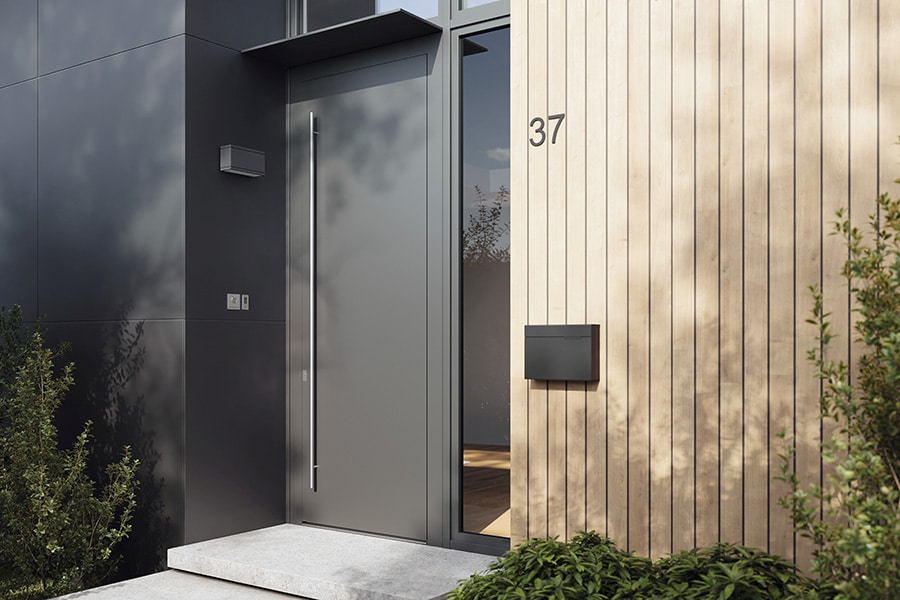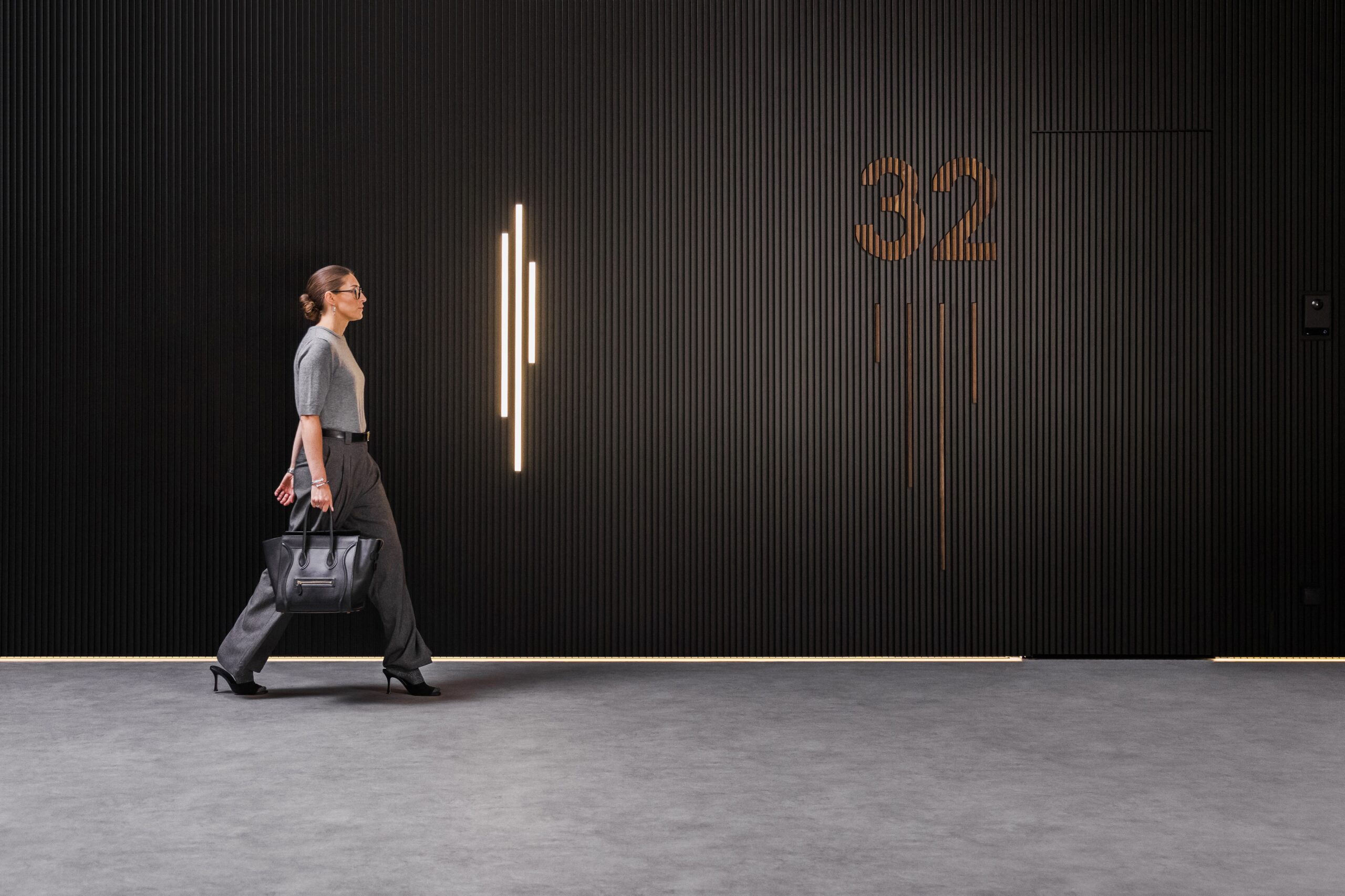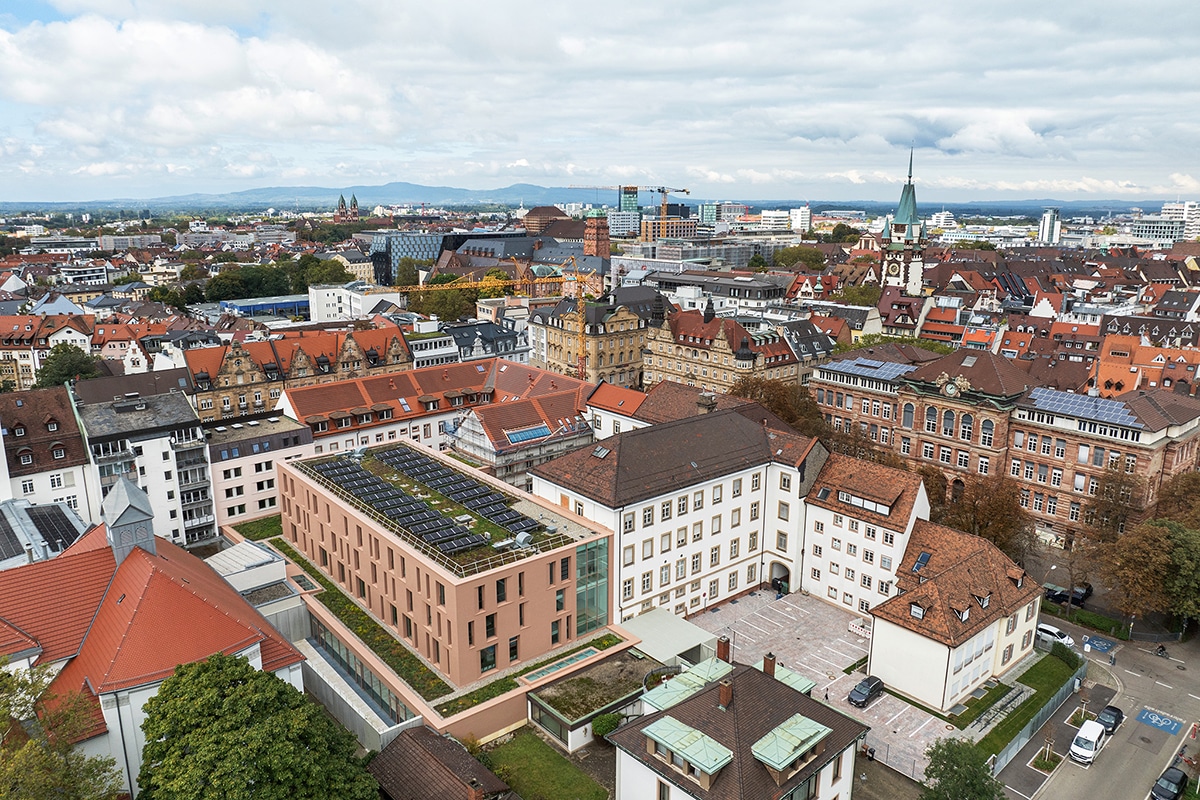
Give facade parts a second life. Because, sustainable!
Working sustainably is required reading for every business owner. We all know the developments in the field of energy-neutral construction. The window frame industry is also in the thick of sustainability, with numerous airtight concepts and the processing of recycled raw materials. Yet the application of renewable raw materials, of recycled materials or in its supreme form, cradle to cradle working is not the only path that promotes sustainability....
Perhaps our work falls somewhat under the concept of "unknown makes unloved.
What we do. We give facade parts and window frames, kitchens and various other items a second life, by applying a film wrap to them.
The films we use are highly resistant and are produced with care in a sustainable manner. Imagine: the aluminum or plastic facade cladding has reached the so-called "end of lifecycle. In most cases, this means that the surface (which can be powder-coated plastic) has weathered to such an extent that it damages the appearance of the building and this top layer no longer provides the proper protection against the elements. By applying a high-quality wrap, the building looks fresh again, in a fashionable color, and the facade cladding or window frame is again optimally protected. In doing so, we avoid the replacement of these materials, their disposal and all the steps required for recycling, if recycling is possible at all. This avoids high costs, CO2-emissions and consumption of energy. Energy which, as we recently learned, is becoming increasingly expensive.
When building owners become more aware that there is an affordable and highly sustainable alternative to replacement, the equation quickly adds up. Investment companies now believe that a second life should always be given to façade parts before they are replaced. This is a healthy idea that should be followed. Of course there is a replacement market in which many players earn their living, but one does not exclude the other. Anyone who wants to work sustainably owes it to themselves to choose the smartest solution, and that is how it works throughout the Netherlands.
A great development within foil technology is full-color large-format printing. This offers designers the opportunity to come up with a creative facade image. Entrepreneurs can save on signage costs by killing two birds with one stone: wrapping facade sections with company name and logo (or any other kind of advertising) with printed film. Those who want to make a splash in terms of color, for example to match the appearance of the façade parts to a (new) house style, can make do with the color palette offered in foil.
In short: a fresh new start for any facade, in a sustainable way, without expensive replacements is entirely possible. Now only to get used to the idea that this can be arranged in an instant.
Shall we agree that foil wrap should be included as an option in future plans for a facade transformation or renovation?



